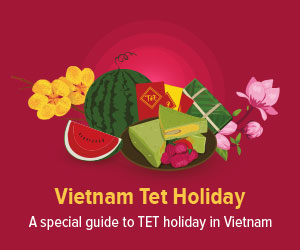Quan Ho Costume - An Art Of Itself
As Tuồng characters take the stage, they make a bold statement with their vibrant, colorful masks and extravagant costumes. In contrast, the art of Quan Họ is characterized by its more understated aesthetics, featuring elegant multi-layered dresses, distinctive flat hats, and the traditional black umbrella.
Quan Họ, as many know, is a form of repartee singing between male and female singers. Its captivating essence lies not only in the lyrics but also in the representation of beauty through traditional attire. Over the years, many alterations have been made to the original costumes, yet their cultural significance remains unchanged.
Quan Họ outfits are grounded in simplicity and tend to exhibit more muted colors overall. Though they are festival attire, they adhere to the traditions of a culture that values subtlety over flamboyance. As an art form that celebrates love, Quan Họ costumes highlight individual beauty while honoring the harmonious interplay between man and woman.
The Costume of Female Artists
It's certain that, while today's liền chị wear more modern outfits compared to their counterparts from centuries past, some traditional elements persist. The classic attire features nón quai thao, khăn mỏ quạ, a colorful multi-layered dress, and sometimes overlooked flip-flops with upward curving tips.
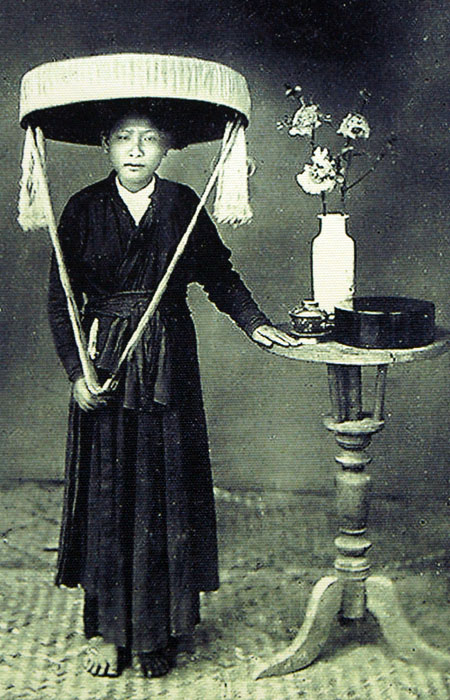 Costume of Ladies singing Quan Họ in past decades
Costume of Ladies singing Quan Họ in past decades
The nón quai thao, a unique flat hat, is crafted from dried palm leaves, featuring a silk strap akin to the conical hat. With a larger diameter and a distinct hollow space between its top and bottom edges, it serves more as a decorative accessory than for practical purposes. This hat symbolizes nobility and is meant to elevate the status of the wearer, often containing a small mirror for quick touch-ups, allowing the modest Northerners to conceal themselves from prying eyes when a quick beauty fix is needed.
Contrary to the conventional use of hats, women seldom wear nón quai thao on their heads. Instead, they often clutch it close to their bodies, as if to use it as a shield, perhaps hiding their faces when romance escalates.
Another essential headpiece is the black scarf, expertly folded to emulate a crow’s beak, giving rise to its name mỏ quạ. Typically, the liền chị braids her long hair, wraps it with cloth, and coils it around her head. The scarf is then secured to cover the nape and transform the woman’s appearance into that of a blossoming flower.
The layered dress worn by women strikes a balance between conservative subtlety and eye-catching appeal. Brightly colored belts accentuate the wearer’s figure and add a vibrant touch to the overall appearance.
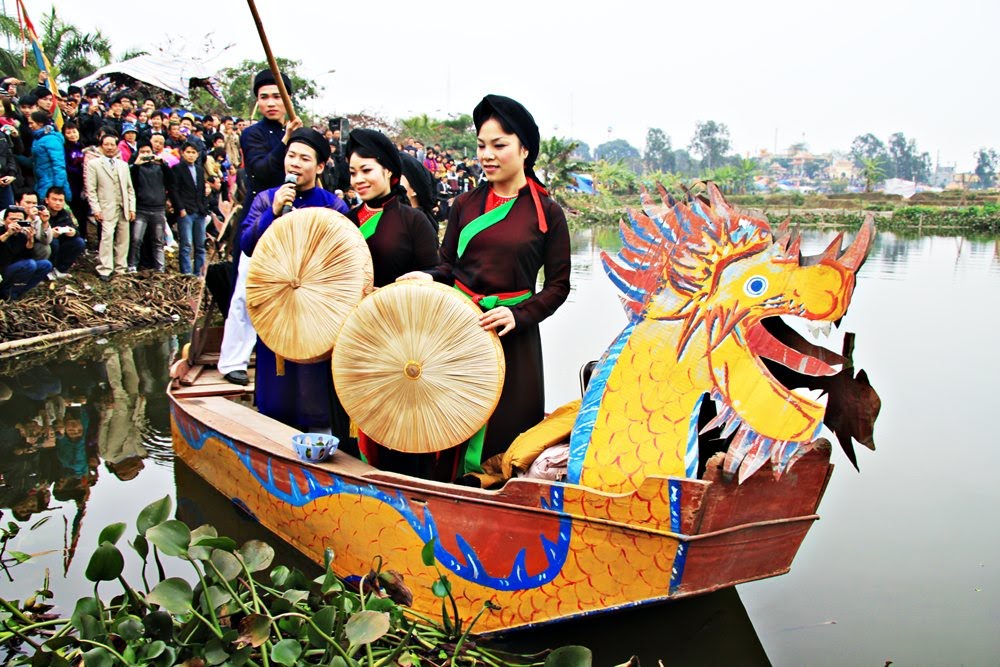 Modern costume of Ladies singing Quan Họ
Modern costume of Ladies singing Quan Họ
However, the much-discussed mớ ba mớ bảy dress has transformed over the years. According to Lê Cần, one of Vietnam's most respected Quan Họ artists with over five decades of experience, the historical attire was far simpler. Women traditionally wore a brown brassiere, a white round-necked shirt, a below-knee black skirt, and a single brown dress with two front openings cinched at the waist.
Often, a lady's dress buttons only at the side, leaving the region from armpit to neck open to reveal three layers in different colors, creating a unique yet modest aesthetic.
Modern long dresses are tailored for a flattering fit, with blends of red silk on the inside and black gossamer on the outside, resulting in a sophisticated brown hue that surpasses the aesthetics of traditional plain colors.
The Costume of Male Artists
The male artists, known as liền anh, typically wear a turban known as khăn xếp, a long dress, and the signature black umbrella.
Historically, the men would gather their long hair into a high bun and wrap a scarf around their heads. Presently, modern short hairstyles have replaced traditional long hair, leading to different headwear choices, moving away from the ancient khăn nhiễu that once encircled their long locks.
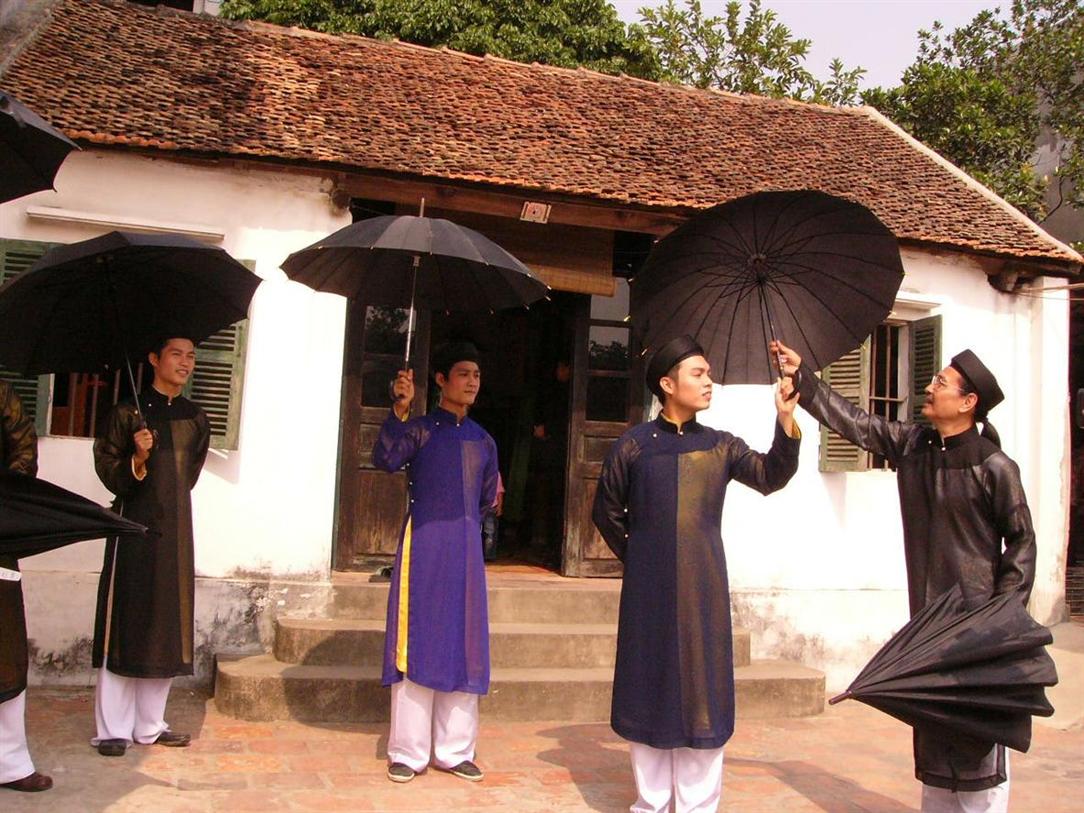 Costume of a male artist in Quan Họ
Costume of a male artist in Quan Họ
In earlier times, only affluent men donned long dresses made from embroidered silk, while most men wore a white round-necked shirt and dresses crafted from less luxurious materials like floss silk or batiste. Today, in addition to basic black and white, a broader spectrum of colors enhances the long dresses, making them more appealing for contemporary performances.
The black umbrella is an essential accessory for male artists, serving both as protection from rain and a stylish addition to their ensemble. This has long been a staple element of their attire and is likely to endure in future traditions.
The Subtle Charm of Quan Họ Costumes
It’s easy to recognize the predominance of darker colors in Quan Họ costumes, but upon closer inspection, one can see the many layers of contrasting colors that belong to the ensemble. The warm and bright shades (such as crimson, pink-lotus, yellow, or green) of the internal layers harmoniously combine with the darker hues of the outer layers, bestowing an understated elegance to the attire.
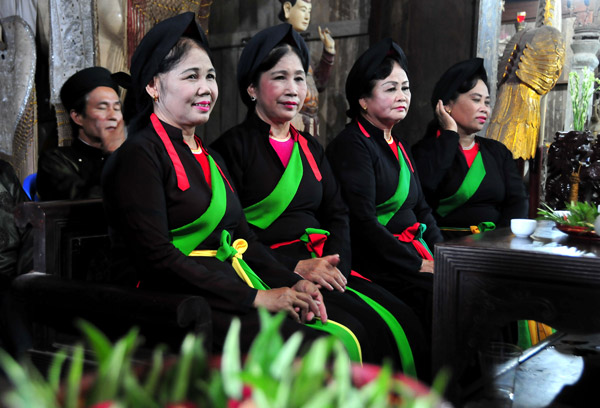 Dominance of dark colors in Quan Họ costumes
Dominance of dark colors in Quan Họ costumes
Unlike many other traditional costumes in various performance arts, the long dress of Quan Họ, with its predominant elegant brown, resonates with the cultural values of the Red River Delta, where modesty and discretion are paramount.
These costumes stand as a testament to the creativity of the people and the flourishing vocal arts of the region!
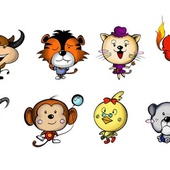
11 Horoscopes In The Year Of The Dragon
The dragon year can be a booster-for-all for all other zodiacs.
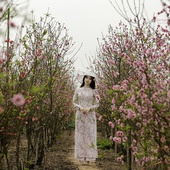
Vietnam's 5 Most Important Festivals & Travel Tips
Vietnam's cultural richness stands out with a variety of traditional festivals.
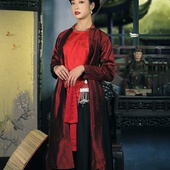
Kinh People
Vietnam is known for its cultural diversity with 54 ethnic groups, in which, Kinh or Viet people accounts for nearly 90% of the whole population.



